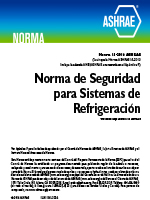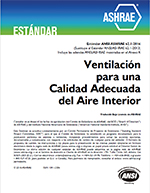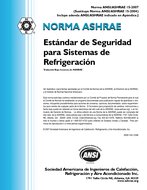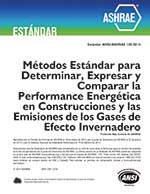Description
Ultraviolet-C (UV-C) technology has been used as a disinfection method for decades in the healthcare industry.1-4 The UV-C wavelength of 253.7 nanometers is effective at eliminating or neutralizing pathogens like C. difficile, Methicillin resistant Staphylococcus aureus (MRSA) and more.5-9 One challenge with UV-C technology has been its delivery method. Some products can’t be used in occupied spaces and are often effective only on areas in a direct sightline. Many current technologies focus on cleaning surfaces to reduce healthcare-associated infections (HAIs), but we turned our attention to the air. Studies were conducted at five geographically separate facilities, including a children’s hospital, two acute care hospitals, a long-term acute care facility and a skilled nursing facility to determine if using active air UV-C at the room level would reduce the number of colony forming units (CFUs) of vegetative bacteria and/or vegetative fungus in the air and improve indoor air quality.
These environmental studies were conducted to evaluate the reduction in the level of air contamination attained via a continuous UV-C air purification system, which uses fans to draw air into a sealed UV chamber mounted above a 2 x 4 ceiling light where a completely shielded ultraviolet germicidal irradiation chamber is hidden from view, operating 24/7. Air is pushed through the chamber, microorganisms are neutralized and treated air is pushed back out into the room. This system can operate in occupied space.
Pre- and post-installation air samples from each study showed that using active air UV-C systems reduced total bacteria and fungi counts (reported as raw CFUs). Cleaning the air had a dramatic effect on the levels of the air contamination. This study was critical to understanding the causal relationship between air contamination and indoor air quality. Reducing the bioload of bacteria and fungi in the air appears to have a direct effect on air quality. Unsolicited, anecdotal evidence from staff members at the studied facilities reported that the air in the evaluation locations smelled much cleaner and fresher, allergy symptoms were lessened and healthcare-associated odors were much improved over areas where no UV-C lights were installed and no environmental studies conducted.
Continued research is needed to develop the relationship between reduction of biological loading of air and its association with HAIs. Understanding this relationship can help engineer controls to lower the risk of HAIs by reducing exposure to dangerous microorganisms, especially in situations where an engineering control requires no employee intervention.
Citation: 2017 Winter Conference, Las Vegas, NV, Conference Papers
Product Details
- Published:
- 2017
- Number of Pages:
- 5
- Units of Measure:
- Dual
- File Size:
- 1 file , 1 MB
- Product Code(s):
- D-LV-17-C042




